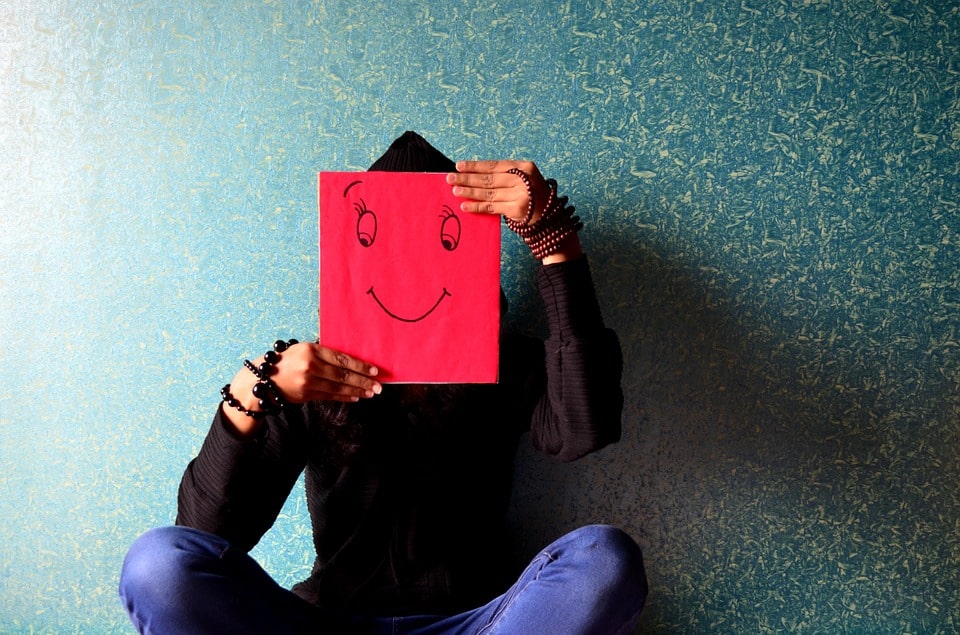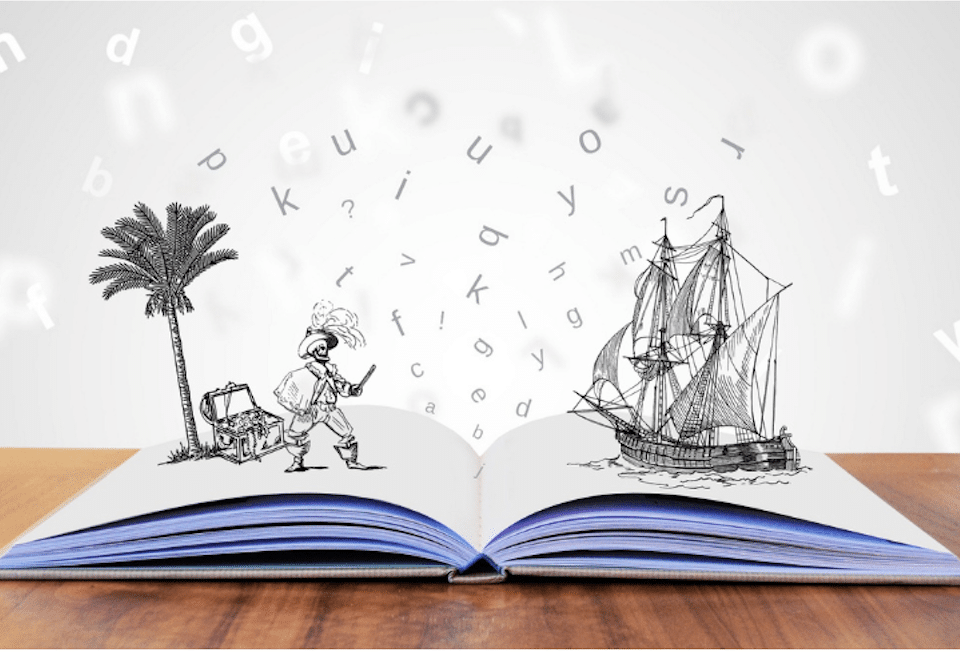
StoryTelling for Leader
25 February 2019
The practice of coaching in the age of stress
1 March 2019From mind to heart: managing emotions

ORION – YEAR 5 – No. 15 – December 2018 fondazionesinapsi.it
The etymology of the word ‘mask‘ is uncertain, but the meanings attributed to it, although different, are not so far apart: ‘witch’, or ‘soot’, ‘black ghost’. It is interesting then to discover, by investigating its origin, a curious play of mirrors. The use of the mask – an object found in many cultures – serves to conceal a person’s face, but if we look up the etymology of ‘person’, we discover that it derives from an Etruscan word meaning ‘theatrical mask’. Mask and person have always chased each other, in the eternal search for meaning between ‘being’ and ‘appearing’. In the light of this view, nothing distinguishes the mirror of Narcissus, the portrait of Dorian Gray, the works of Pirandello and the recent fashion of the selfie. It is no coincidence that Oscar Wilde himself said: ‘Every man lies, but give him a mask and he will be truthful’. The maskis a ‘filter’ that helps us survive in the complexity of modern everyday life, where each of us is called upon to play multiple roles.
A scenario masterfully depicted by Erving Goffman in his famous Everyday Life as Representation. The mask can be of great help to us in stepping into a role. Behind its veil, it is also possible to discover, as Oscar Wilde put it, a ‘strange freedom in expressing parts of ourselves normally hidden or withheld’. But all this requires awareness. Only through good emotional balance and precise self-knowledge is it possible to ‘cross’ the different roles without the mask taking over.
When this happens, the vital drive of the individual is extinguished, to dissolve into the mask. This is probably what Jean Paul Sartre was alluding to when, faced with a waiter who introduced himself by saying “I am the waiter!” he replied, “No, you are not the waiter, you are the waiter!”
The emotional awareness is an important goal, and the first step to achieve it is to be able to describe how we feel and identify the element (the person, the situation, the memory, the perception) that generated our emotional state. The second step is to observe our reactions. Sometimes it is difficult to be in control and understand whether our response will be constructive or destructive.
If we recognise emotions as they arise and are able to understand when their intensity becomes maladaptive, then we can improve our well-being. We can delay our behavioural response, trying to make it consistent and functional with the context in which we find ourselves.
“Emotions happen,” says Paul Ekman, we cannot choose them. Emotions accompany us throughout our lives, they mix with our thoughts to generate memories, they colour our experiences. They are essential to our individual and social existence.
For this reason, I have recently collaborated with full conviction on a project involving Paul Ekman and the Dalai Lama, with the aim of helping teachers and professionals acquire the skills they need to manage emotions effectively. It is the creation of a Atlas of Emotions, available free online, which summarises the latest research on emotions in which we can find detailed descriptions and strategies on how to intervene on ourselves to manage them constructively. And it is also for this reason that I decided to compile my experience in emotional behavioural analysis and emotions into a book.
The title I chose is The Heart in the Mind. I wanted it to be a manual that is both rigorous in its scientific approach and agile at the same time, a useful read for acquiring the basics for developing emotional skills, a working tool for many professionals and, at the same time, a work capable of broadening the awareness needed to live our lives free from all the masks that do not represent our true selves.


